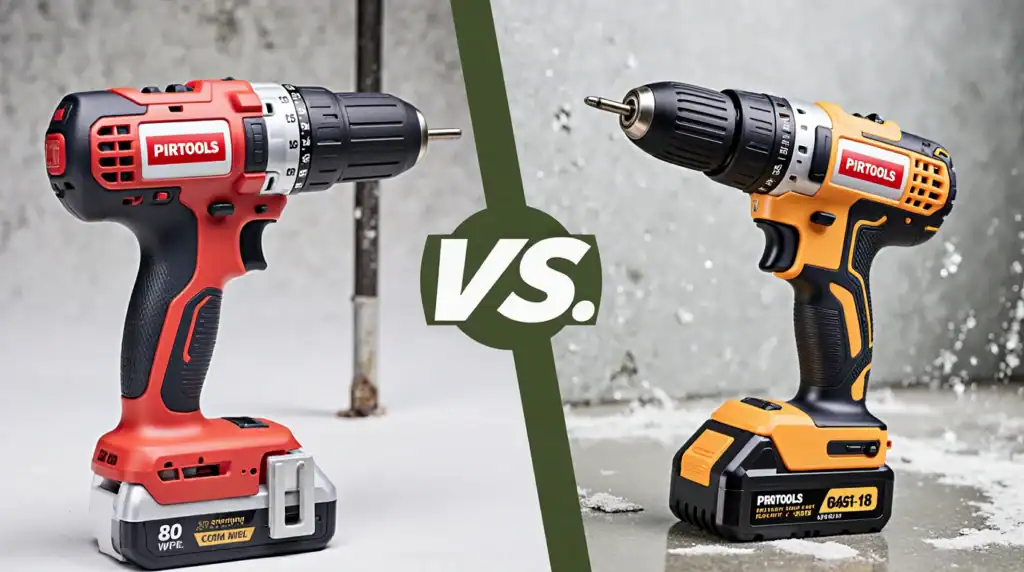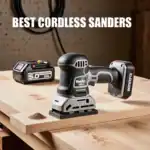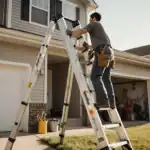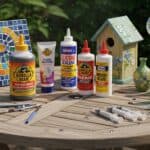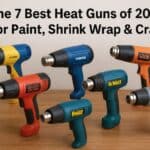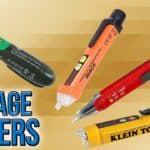Look, a while back, a “regular” brushed driver got hot and cranky while I was sinking cabinet screws. Meanwhile, the brushless model stayed cooler, drove smoother, and didn’t chew through a battery pack before lunch. That was the moment I stopped treating “brushless” like a marketing buzzword and started treating it like a sanity saver for real jobs at home. That lesson has stuck through furniture builds, hinge tweaks, and the odd stubborn fastener where consistent torque matters more than top-end specs on a box.
Brushless vs. Brushed
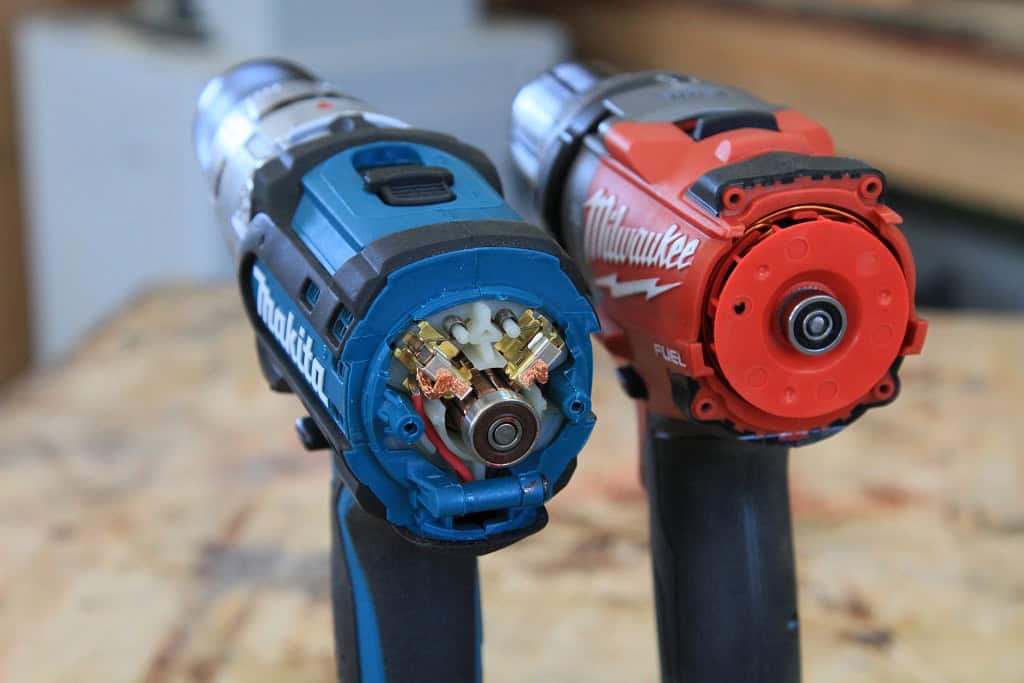
| Factor | Brushless Drill | Brushed Drill |
|---|---|---|
| How it works | Electronic controller manages power; no physical brushes means less friction and wear. | Carbon brushes physically contact the motor; creates friction, heat, and wear over time. |
| Efficiency | Higher efficiency, longer runtime per charge, better power management. | Lower efficiency; drains batteries faster under load. |
| Power Control | Better torque delivery and sustained performance under heavy load. | Adequate for basic tasks; performance can fade as brushes wear. |
| Durability | Runs cooler with less wear; typically has a longer lifespan. | Runs hotter; brushes will eventually need replacement. |
| Cost | Higher upfront cost; very low maintenance. | Lower upfront cost; may require periodic brush replacement. |
What “Brushless” Really Changes
- Efficiency: Brushless motors convert more battery energy into actual work, translating into noticeably longer runtime. You’ll spend less time swapping battery packs on the same task.
- Control: The onboard electronics modulate torque and speed more precisely. This means fasteners seat cleanly without stripping, and large drill bits don’t stall as easily under steady pressure.
- Heat and Wear: With no brush friction, brushless tools run cooler and tend to last much longer, especially during repeated, high-demand driving and drilling jobs.
Where Brushed Still Fits
- Entry Price: Brushed kits are cheaper. They can still handle light-duty chores like assembling furniture, hanging photos, or drilling quick pilot holes just fine.
- Serviceability: Brushes are consumables that can be replaced. For an occasional user, a brushed tool can last many years with minimal fuss.
Pros and Cons
Brushless Drills
- Pros: Higher efficiency and runtime, cooler operation, more torque control, longer lifespan, less maintenance.
- Cons: Higher upfront cost; electronics can be pricier to repair if they fail.
Brushed Drills
- Pros: Lower purchase price, simple design, replaceable brushes, good for basic home tasks.
- Cons: Less efficient, more heat, shorter runtime, performance fades as brushes wear.
Who It’s For (And Who It’s Not For)
- Brushless is for anyone doing recurring projects, working with dense materials, or doing longer sessions where runtime and smooth torque delivery matter. It’s not for the rare, once-a-year screwdriver substitute on a strict budget.
- Brushed is for occasional users who want the lowest upfront price for simple jobs. It’s not for heavy workloads or users who hate swapping batteries and dealing with hot tools mid-project.
Frequently Asked Questions
Is a brushless drill really better?
For most ongoing DIY and pro-leaning tasks, yes. You can expect longer runtime, better torque control, cooler operation, and a longer tool life.
Do brushless drills last longer?
Typically, yes. Removing the wear-and-tear of brushes and reducing heat significantly improves longevity, especially with regular use.
Why are brushless drills more expensive?
The added electronics and higher-efficiency components cost more to manufacture. This is often offset by the tool’s longer life and lower maintenance needs.
Are brushed drills bad?
Not at all—just less efficient. They’re perfectly serviceable for light, occasional home tasks, especially if you’re on a tight budget.
Your Smart Next Steps
- Picking your first cordless drill? If you’re just starting out, we have a complete guide on how to choose your first cordless drill that focuses on the sweet spot of power, runtime, and control for home projects.
- Planning a tool platform? Remember, you’re buying into a battery ecosystem. Brushless tool lines usually offer wider, more efficient options as your needs grow. You can learn more by reading our guide on how to choose a tool battery platform.
My Final Verdict: What Lives on the Charger
The brushless driver stays within arm’s reach because it runs cooler, lasts longer on a charge, and seats fasteners cleanly without drama—exactly what makes a Saturday project go smoothly. A brushed backup still earns its keep for quick tasks, but if you’re only buying one, go brushless. You’ll thank yourself when the second battery is still showing two bars at cleanup.

